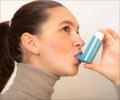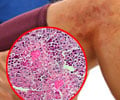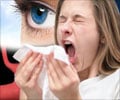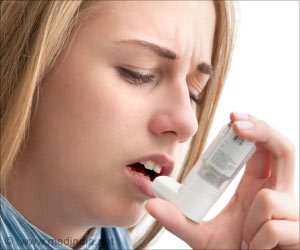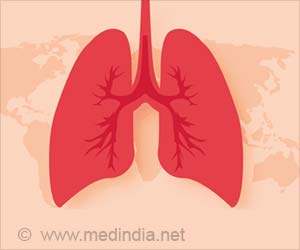World Asthma Day: Discover the tool pinpointing neighborhoods with heightened risk of severe childhood asthma through comprehensive mapping.

The Child Opportunity Index 2.0 and exacerbation-prone asthma in a cohort of urban children
Go to source). Skeen, a pediatric pulmonologist with Children’s Hospital Colorado, will become an assistant professor in the CU Department of Pediatrics this summer. She and her colleagues set out to gauge the usefulness of an assessment tool called the Child Opportunity Index 2.0 (COI) as a predictor of the risk of exacerbation-prone asthma among urban children in the metro Denver area.
‘A statistical tool mapping various factors influencing children's healthy development also identifies regions with significant #asthma disparities. #worldasthmaday’





Behind the study is the realization that asthma risk among children varies greatly depending on where they live and the social factors at work in their neighborhoods, Skeen says. Addressing Asthma Disparities in Local Neighborhoods
“The neighborhoods right around our hospital definitely are disproportionately impacted by these social determinants,” she says. “We see many children with more severe asthma coming from those neighborhoods. Children are not impacted equally across our city. And so, it’s important to figure out what is driving that.”The findings were published in April in the journal Pediatric Pulmonology. An earlier abstract on the research was presented at the American Thoracic Society’s 2023 International Conference, where it was awarded “Best in Pediatrics.”
Asthma is one of the most common chronic health conditions in childhood, afflicting about one in six children, Skeen says. “But there is a huge spectrum in the severity of the disease, and that’s part of the background of this paper.”
Some children experience asthma only intermittently, such as while playing sports or because of an allergic outbreak, she says. Others have more persistent asthma, experiencing symptoms more frequently.
Advertisement
Research suggests that exacerbation-prone asthma can arise from a combination of biological predisposition and interaction with various social, environmental, and other external factors – the “exposome.” Some of the factors associated with high asthma rates include poverty, race, community violence, poor housing, and air pollution.
“Our study looks at how these factors go together, and how that interplay affects asthma,” Skeen says.
The COI – developed by the Institute for Child, Youth and Family Policy at Brandeis University – includes 29 indicators of the healthy development of children, from quality schools and safe housing to access to healthy food, parks, clean air, and economic opportunities. The indicators are categorized under three headings: education, health and environment, and social and economic.
Those indicators are combined to assign each neighborhood census tract in the United States to one of five “child opportunity levels,” from very low to very high. Each level is about 20 points apart on a scale of 100.
For their study, Skeen and her colleagues examined health data for 193 children ages 8 through 17 living in 143 different census tracts across the Denver metro area. The participants were recruited from asthma clinics at Children’s Hospital Colorado, on the CU Anschutz Medical Campus in Aurora, and National Jewish Health in Denver. Of the total, 142 children had exacerbation-prone asthma and the others had less-severe forms of asthma.
The researchers also looked at the COI level for the neighborhoods where children in the study lived.
They concluded that there is a strong correlation between the COI level of a neighborhood and the likelihood of exacerbation-prone asthma among children living there. “We found that for the overall COI score of a neighborhood, there was about a 40% increased chance of having exacerbation-prone asthma for every 20 points you went down on the COI,” Skeen says.
Interestingly, the research found that the COI’s education and social/economic indicators were more predictive of a higher likelihood of exacerbation-prone asthma than the COI’s health/environment measurements, which include air pollution. “This finding may be explained in part by the limited variation in ozone and particulate matter levels between the neighborhoods inhabited by the children in our study,” Skeen’s paper says.
The research “highlights the potential use of the COI to understand neighborhood-level risk and identify community targets to reduce asthma disparities,” Skeen’s paper says.
She hopes that further research will draw on these findings to identify the specific policy changes at neighborhood level that would have the greatest impact on asthma risk. “The next step is saying, what specific actions can we do to make the most difference?”
Skeen’s co-authors of the study are CU Department of Pediatrics faculty members Monica Federico, MD; Andrew Liu, MD; and Katherine Hamlington, PhD; as well as Camille Moore, PhD, with the Colorado School of Public Health’s Department of Biostatistics & Informatics; and Max Seibold, PhD; a professor in the CU Department of Medicine’s Division of Pulmonary Sciences and Critical Care Medicine.
Reference:
- The Child Opportunity Index 2.0 and exacerbation-prone asthma in a cohort of urban children - (https://onlinelibrary.wiley.com/doi/10.1002/ppul.26998)
Source-Eurekalert


